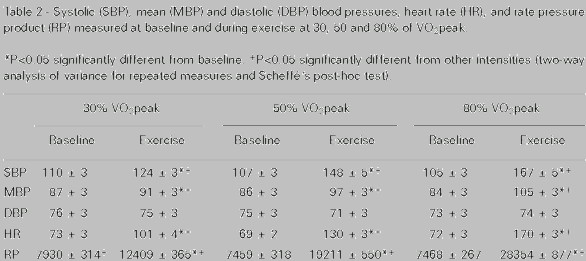Answer to Question 1
Mifflin-St. Jeor = REE = 1788.5
REE x 1.3 (ambulatory, low activity) = 2325.1 or 2300 kcal
Daily protein needs: 0.8-1 g/kg = 78-98 g/day
Answer to Question 2
Inadequate oral food/beverage intake related to dysphagia associated with the esophageal transit phase following an ischemic stroke as evidenced by patient currently being NPO
- Ideal Goals: To consume foods and beverages that meet, but do not exceed, the caloric recommendation of 1600 kcal. It will be important to ensure appropriate kcal intake, especially if mobility and physical activity would be limited during rehabilitation, so that the patient does not continue to gain weight (refer to excessive energy intake and overweight/obesity PES below).
- Intervention: Provide foods and beverages that are appropriate in calories as well as texture and consistency given the patient's level 2 severity dysphagia.
Swallowing difficulty related to dysphagia associated with the esophageal transit phase following an ischemic stroke as evidenced by reduced esophageal peristalsis
Chewing difficulty related to dysphagia associated with the esophageal transit phase following an ischemic stroke as evidenced by tongue deviation
- Ideal Goal: Since both of these problems are similar, students may identify one or the other as a priority. In either one, the goal is for the patient to consume foods and beverages that do not contribute to pocketing of food or choking or aspiration upon swallowing.
- Intervention: Provide foods and beverages that are appropriate in texture and consistency given the patient's level 2 severity dysphagia.1
Excessive energy intake related to large portions of food and sweetened beverages as evidenced by typical daily intake of 1938 kcal compared to recommended daily average intake of 1600 kcal
- Ideal Goal: See above as this can also be addressed in the first PES statement.
Excessive saturated fat intake related to frequent consumption of animal meats as evidenced by 10 saturated fat intake and usual consumption of 4-6 oz of fried pork chop and chicken.
- Ideal Goal: Consume foods with less saturated fat content to lower intake to 7 or less of caloric needs.
- Intervention: Nutrition education to decrease food consumption with a high-saturated fat content such as animal meats, cheese, and processed foods. Counsel to increase consumption of foods free from saturated fat such as fruits and vegetables.
Excessive sodium intake related to frequent consumption of high-salt foods as evidence by usual sodium intake of 2712 mg/day and usual intake of saltine crackers and soup.
- Ideal Goal: Consume low-sodium foods and reduce high-sodium food consumption to meet requirements of less than 2400 mg of sodium per day.
- Intervention: Nutrition education to reduce high-sodium foods (e.g. saltine crackers, soups, processed foods) and replace with fresh fruits and vegetables.
Inadequate potassium intake related to minimum intake of fruits and vegetables as evidenced by typical daily intake of 3452 mg compared to recommended daily average intake of 4700 mg
- Ideal Goal: Consume foods and beverages that meet the recommended daily average intake of 4700 mg potassium.
- Intervention: Nutrition education to increase specific foods rich in potassium (fruits and vegetables). Unlike in most cases where the importance of fresh fruits and vegetables is stressed, students will need to develop plans for texture modification of soft and/or pureed foods.
Overweight/obesity related to excessive energy intake as evidenced by BMI of 33.9 (this could also be included as part of the signs and symptoms for excessive energy intake)







